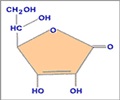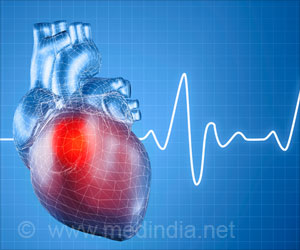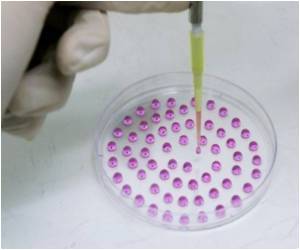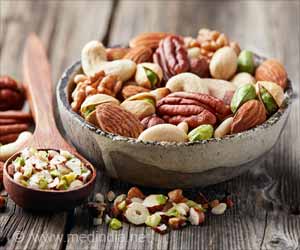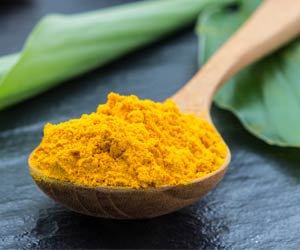Higher doses of vitamin C can be used as a potential strategy to improve outcomes of standard cancer treatments.
Highlights
- High doses of vitamin C are not toxic to normal, healthy cells.
- But higher doses of vitamin C trigger death of cancer cells due to the accumulation of redox active metal ions, as a by-product of abnormal mitochondrial metabolism.
- This also helps to increase sensitivity of cancer cells to radiation and chemotherapy, thus enhancing the efficacy of treatment.
"This paper reveals a metabolic frailty in cancer cells that is based on their own production of oxidizing agents that allows us to utilize existing redox active compounds, like vitamin C, to sensitize cancer cells to radiation and chemotherapy," says co-author Garry Buettner, who was one of the first to propose that cancer cells might have a vulnerability to redox active compounds over 40 years ago.
Effects of Vitamin C Infusion
In the brain cancer safety trial, 11 patients were enrolled. The patients received three infusions of vitamin C a week for 2 months, followed by two infusions per week for 7 months while receiving standard care radiation and chemotherapy.
The goal of each infusion was to raise the concentration of vitamin C in a patient’s blood to 20,000 μM, as compared to a blood level of about 70 μM found in most adults.
Vitamin C, even at high levels, is not toxic to normal cells.
These free radicals are believed to cause DNA damage selectively in cancer cells and not in normal cells, thus leading to enhanced cancer cell death as well as sensitization to radiation and chemotherapy in cancer cells.
"This is a significant example of how knowing details of potential mechanisms and the basic science of redox active compounds in cancer versus normal cells can be leveraged clinically in cancer therapy," says co-senior author Douglas Spitz, who focused on the biochemical studies. "Here, we verified convincingly that increased redox active metal ions in cancer cells were responsible for this differential sensitivity of cancer versus normal cells to very high doses of vitamin C." Spitz added.
Phase II Trial
The phase II clinical trial will look at whether high dose vitamin C is effective at extending overall lifespan, and quality of life for patients undergoing radiation and chemotherapy.
Currently patients with stage 4 lung cancer are being enrolled for the phase II trial and soon people with glioblastoma multiforme (brain cancer) will also be included.
The typical survival rate of glioblastoma multiforme patients is 14-16 months and phase I trial data has demonstrated an increase in overall survival by 4-6 months in 11 glioblastoma multiforme patients, making it 18-22 months.
"The majority of cancer patients we work with are excited to participate in clinical trials that could benefit future patient outcomes down the line," says co-senior author Bryan Allen, who led the clinical side of the study. "Results look promising but we’re not going to know if this approach really improves therapy response until we complete these phase II trials."
Side-effects of the treatment were modest including frequent trips to the bathroom and dry mouth. Rarely, some patients developed high blood pressure that subsided quickly following infusion.
The work is presented in Cancer Cell.
Reference
- Bryan Allen et al. O2* - and H2O2-Mediated Disruption of Fe Metabolism Causes the Differential Susceptibility of NSCLC and GBM Cancer Cells to Pharmacological Ascorbate. Cancer Cell; (2017)doi.org/10.1016/j.ccell.2017.02..018
Source-Medindia


